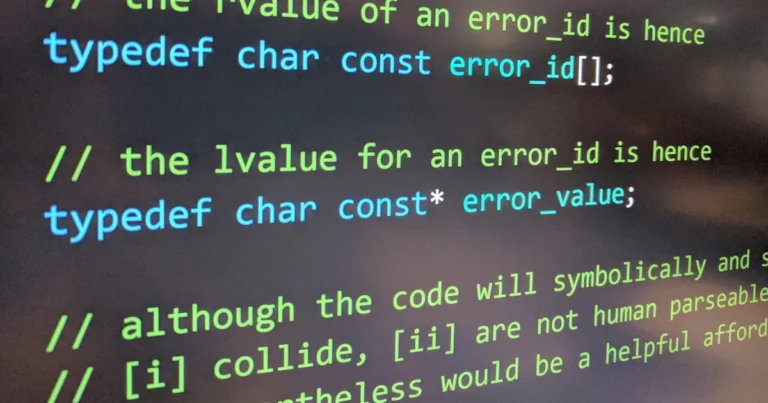Support our educational content for free when you purchase through links on our site. Learn more
Unstacking the Mystery: 9 Essential Stack Methods You Need to Know! [2024] 🤯

Ever found yourself in a situation where you’re trying to organize your tasks for the day, and no matter how hard you try, you end up prioritizing them in a last-in, first-out (LIFO) manner? Well, congratulations, you’ve been intuitively using the principle behind one of the most fundamental data structures in computer science – the stack! But here’s the kicker: Did you know there are more methods to a stack than just adding and removing items? Buckle up, because we’re about to dive deep into the world of stacks and uncover not three, not five, but nine essential methods that will elevate your coding game to new heights in 2024!
Table of Contents
- Quick Answer
- Quick Tips and Facts
- The Lore Behind Stacks
- Understanding Stack Operations
- Peeking into
peek() - The Power of
push() - The Art of
pop() - Size Matters:
size() - Is It Empty?
isEmpty() - Clearing the Deck with
clear() - FAQ
- Conclusion
- Recommended Links
- Reference Links
Quick Answer
In the world of stacks, there are more methods than meet the eye. Beyond the basic push(), pop(), and peek() methods, stacks in various programming languages offer additional functionalities like size(), isEmpty(), clear(), and more. These methods enhance our ability to interact with and manipulate stack data structures, making them indispensable tools in a developer’s arsenal.
Quick Tips and Facts
- Stacks are LIFO: Last-In, First-Out means the last element added is the first one to be removed.
- Versatility: Stacks are used in a plethora of applications, from undo mechanisms in text editors to function call management in programming languages.
- Not just for primitives: Stacks can store any type of data, including custom objects.
The Lore Behind Stacks
Stacks have been a fundamental part of computer science since its inception. The concept of a stack, akin to a stack of plates in your kitchen, translates beautifully into an efficient method of data storage and retrieval. The beauty of stacks lies in their simplicity and the intuitive way they mimic real-life scenarios.
Understanding Stack Operations
At the heart of stack functionality are a few key operations that allow for efficient data management. Let’s dive into each of these operations and understand their significance.
Peeking into peek()
What’s on top? The peek() method allows you to take a quick look at the top element of the stack without removing it. This is particularly useful when you need to make decisions based on the top element without altering the stack’s state.
The Power of push()
Adding elements: The push() method adds an element to the top of the stack. It’s like adding another plate to your neatly stacked pile. This operation is fundamental to building up the stack.
The Art of pop()
Removal with finesse: The pop() method removes the top element from the stack and returns it. This operation is crucial for retrieving data in a LIFO manner, ensuring that the most recently added element is always the first to go.
Size Matters: size()
How big is it? The size() method returns the number of elements in the stack. Knowing the size of your stack can be critical in scenarios where the capacity of the stack is a constraint.
Is It Empty? isEmpty()
Checking for emptiness: The isEmpty() method checks whether the stack is empty. This is essential for avoiding errors when attempting to access elements from an empty stack.
Clearing the Deck with clear()
Starting afresh: The clear() method removes all elements from the stack, effectively resetting it. This is useful when you need to discard the current stack contents and start over.
FAQ
What are the methods of stack?
The essential methods of a stack include push(), pop(), peek(), size(), isEmpty(), and clear(). Each plays a vital role in stack manipulation and data retrieval.
How many methods are used for representing the stack?
While the basic representation of a stack involves methods like push(), pop(), and peek(), additional methods such as size(), isEmpty(), and clear() provide a more comprehensive interface for interacting with stacks.
How many types of stack are there?
Stacks can be implemented in various ways, including using arrays, linked lists, or even other data structures. The choice of implementation affects the efficiency and flexibility of the stack operations.
How many operations are there in stack?
There are at least six fundamental operations in a stack: push(), pop(), peek(), size(), isEmpty(), and clear(). Each operation serves a specific purpose in managing the stack’s data.
Conclusion
Stacks are more than just a collection of elements with push() and pop() operations. With the addition of methods like peek(), size(), isEmpty(), and clear(), stacks become a powerful and versatile tool in any developer’s toolkit. Whether you’re managing function calls or implementing complex algorithms, understanding and utilizing these stack methods can significantly enhance your coding efficiency and problem-solving skills.
Recommended Links
Reference Links
- For a deeper dive into stack operations, check out Codecademy’s Linear Data Structures: Stacks Cheatsheet.
- Visit Stack Interface™ for more insightful articles on programming languages, game development, and much more.




